Traveling along the North Second Road past Andingmen, the smell of car exhaust and the nearby canal baking in the August sun is replaced by something more mystical and exotic: the scent of incense hanging heavy in the air, a sign that Yonghegong, aka The Lama Temple, has finally reopened to the public.
The current Yonghegong complex dates to the late 17th century and was originally the home of Yinzhen, the Kangxi Emperor’s fourth son. Yinzhen succeeded his father in 1722 and moved to the Forbidden City but kept the family mansion and the newly enthroned Yongzheng Emperor (r. 1722-1735) rebuilt large sections of his former home into a part-time imperial crash pad and shrine.
When the Yongzheng Emperor died, his son, the Qianlong Emperor (r. 1736-1799), had to figure out what to do with the place. Not only was it dad’s old palace, but it was also the Qianlong Emperor’s birthplace, and the new monarch's mother was attached to the site.
Convention dictated such an august property couldn’t just be turned over to another relative or recycled for mundane purposes. In 1744, The Qianlong Emperor, in consultation with his spiritual advisors and his mother, who was a devout Buddhist, ordered the main sections of the palace converted into a monastery affiliated with the Gelug school of Tibetan Buddhism.
The decision had much to do with the emperor’s devotion to Buddhism. Still, there were strategic and political reasons for the emperor’s patronage. I have, however, been informed that if I delve too deeply into those reasons here, I will need to light my current visa on fire in a small ceremony at the airport.
Visiting Yonghegong is straightforward. You can reserve a ticket via their official WeChat account or rock up to the ticket window waving your passport, Green Health Kit status, and looking appropriately lost and foreign, and somebody will sort you out.

